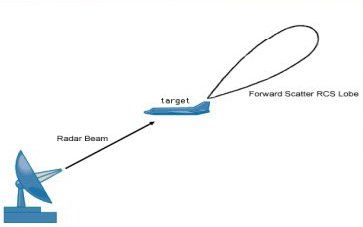siegecrossbow
PDF THINK TANK: ANALYST

- Joined
- Aug 19, 2010
- Messages
- 7,414
- Reaction score
- 8
- Country
- Location
I'm not sure I understand... are you wondering what the environment will be like when all the aircraft are like the F-22? If so, it's an excellent question. I have images of clusters of jets groping blindly about, looking for each other, unable to do so.
These will find just about any "bomb truck" (anything with underslung ordnance) to be easy prey. In the future, the ability of aircraft like the F-15E to drop 17,000 pounds of iron bombs might be very limited. The aerial battlefield would evolve into a state where the capability to send waves of interdicting aircraft would be nearly impossible.
Until there is a means to detect true 5th gen fighters, they will rule. I think that detection will come from IR advances, or higher wavelengths, such as visible-light "LADARS", for example. The physics of flight requires heat, pure and simple, and the ability to hide heat will always be limited. Reduced, but not taken to nil. And of course, the jet is visible to high-freq. EM radiation such as visible light. But as wavelengths increase, atmospheric phenomenon will interfere... a simple cloud will hide a source, whereas clouds do not inhibit modern radars.
Experiments with stealth boats showed that they could be detected by radar reflections off the wake they create. At the front of the wake is a black hole, followed by a classic "V" shape in the water. Perhaps that is what the Swedes were attempting, to look for the atmospheric disturbance left behind by a stealth aircraft.
Like Armor and anti-armor weapons, the tug of war will go back and forth as scientific advances are made. Right now, reduced RCS is winning the battle, but something may arrive to reverse that.
One last challenge that stealth presents is the denial of a return for weapons. You might be able to tweak an AI radar to see an F-22, but if using anything except a semi-active weapon, the weapon itself won't see the F-22 when it goes active. Or, a puff of chaff would turn a miniscule, tweaky return into a giant target, and chaff from a stealth platform might be extremely effective.
It is interesting to ponder the future battlefield, and there are highly-paid people who do it full time, in an attempt to get ahead of the competition.
Thank you so much! Yes my question was whether planes will engage in close combat once all fighters have RCS similar to the Raptor and your answer is superb!













